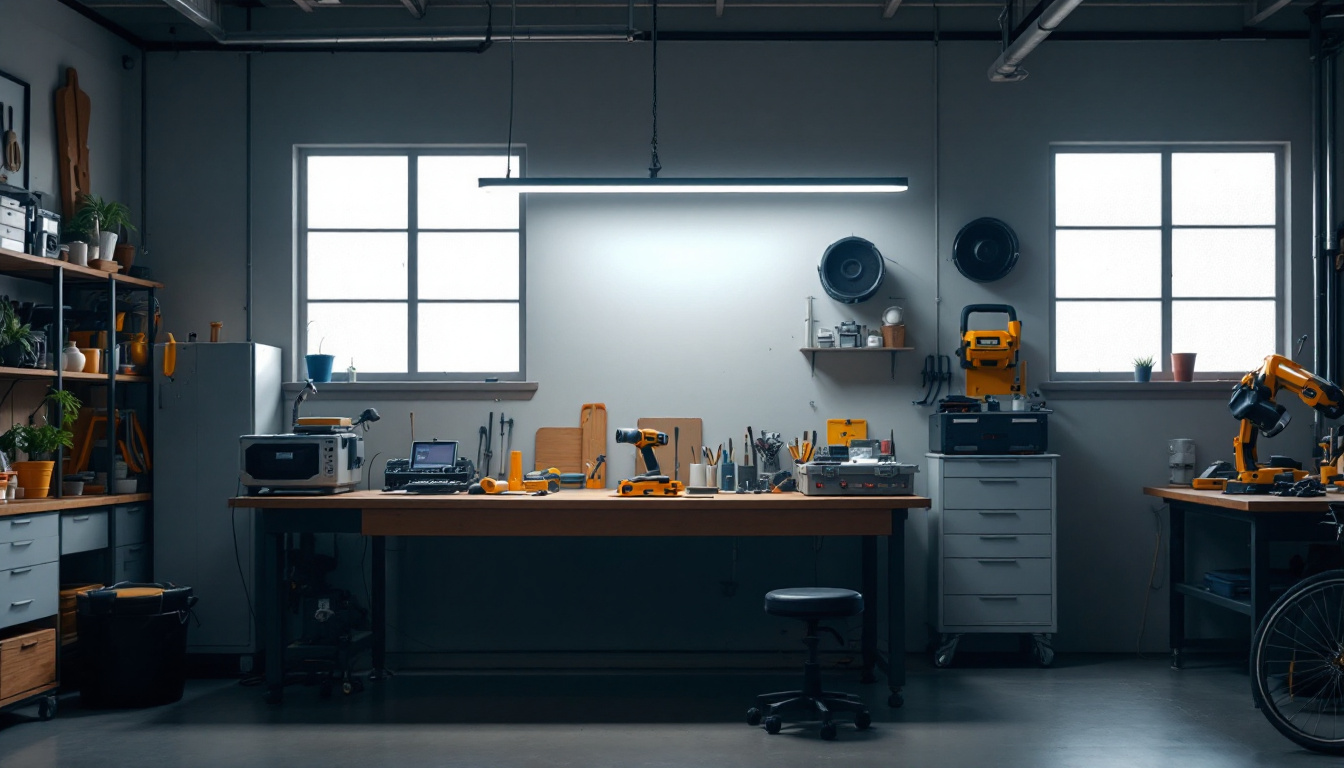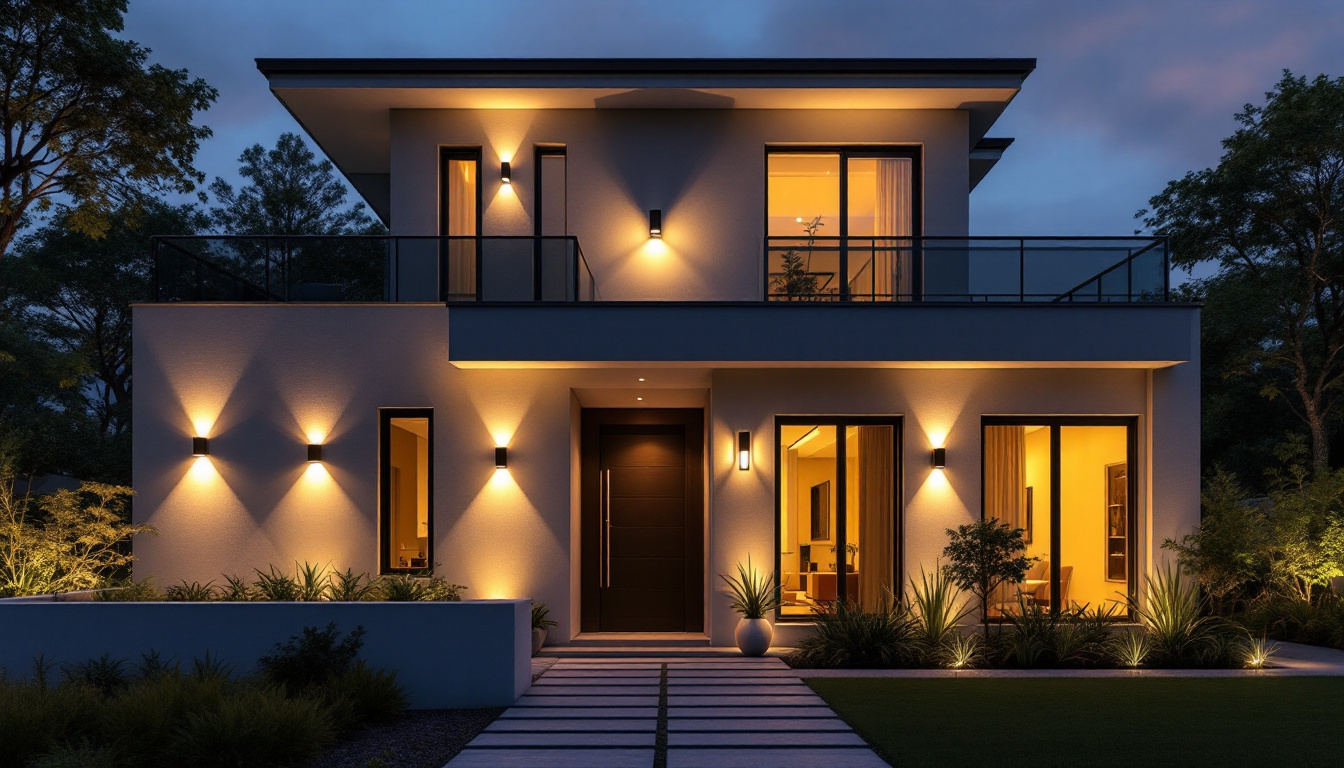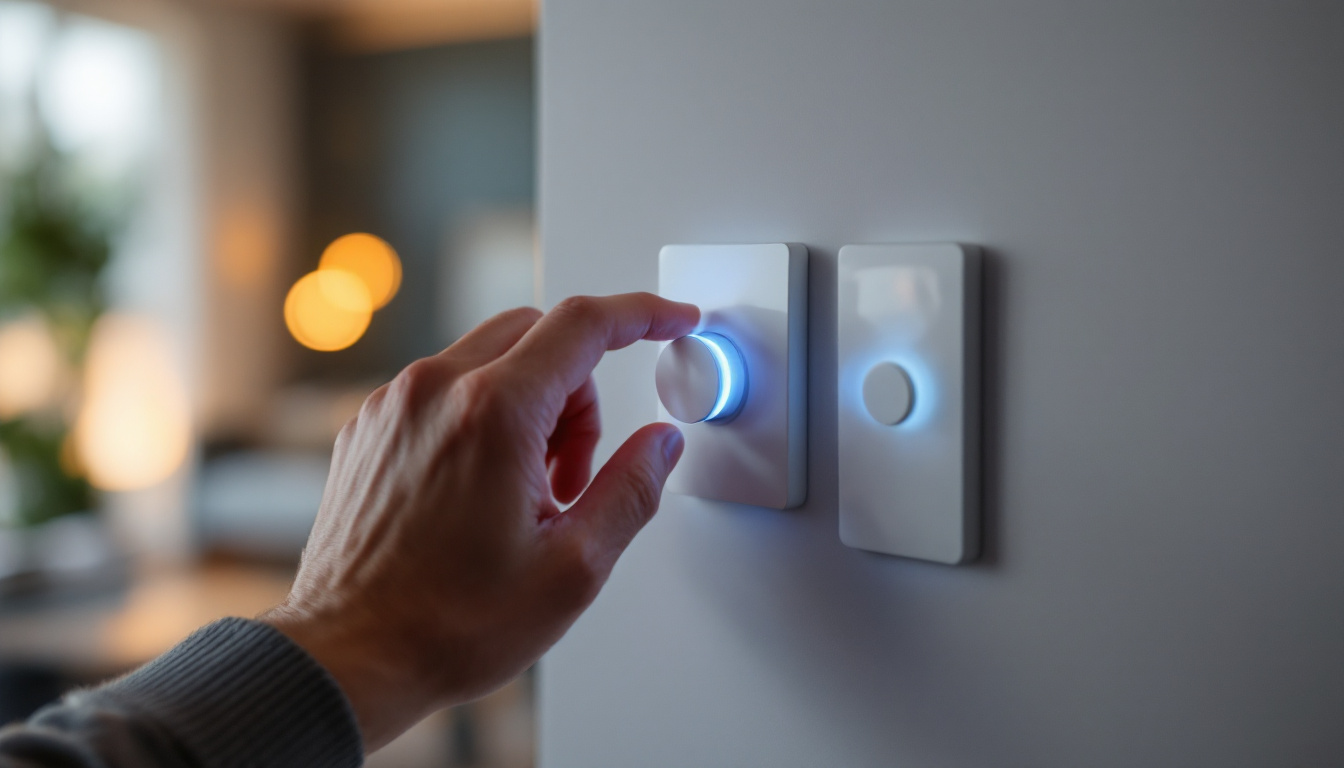

In the realm of commercial and industrial lighting, linkable shop lights have emerged as a popular choice for contractors seeking efficiency and flexibility. These lights, often equipped with a 10-foot power cord, allow for seamless connection and arrangement across large spaces. Understanding the compliance and installation requirements is crucial for lighting contractors who aim to deliver quality and safety in their projects.
As the demand for energy-efficient solutions continues to rise, contractors must stay informed about the latest regulations and best practices surrounding linkable shop lights. This article will delve into the compliance aspects and essential considerations that lighting contractors need to be aware of when working with these versatile lighting solutions.
Linkable shop lights are designed not only for functionality but also for adaptability. They can be easily installed in various settings, from warehouses and garages to retail spaces and workshops. The ability to link multiple units together means that contractors can create customized lighting configurations that cater to specific tasks or areas, enhancing both visibility and productivity. Additionally, many of these lights come with features such as adjustable brightness levels and color temperature settings, allowing users to tailor the lighting to their preferences and needs.
Moreover, the construction of linkable shop lights often incorporates durable materials that withstand the rigors of industrial environments. Many models are designed with shatter-resistant lenses and are rated for moisture and dust resistance, making them suitable for use in challenging conditions. As safety is a paramount concern in any lighting installation, understanding the specific ratings and certifications of these products is essential. Familiarity with standards such as UL (Underwriters Laboratories) or DLC (DesignLights Consortium) can help contractors ensure that they are providing their clients with reliable and compliant lighting solutions that not only meet aesthetic requirements but also adhere to safety regulations.
Compliance with local and national electrical codes is paramount for any lighting installation. Linkable shop lights are no exception. Contractors must familiarize themselves with the relevant standards to ensure safety and functionality. This knowledge not only protects the integrity of the installation but also safeguards the well-being of the end-users who rely on these lighting systems for their daily tasks. Moreover, a thorough understanding of compliance standards can prevent costly rework and potential legal issues that may arise from non-compliance.
The National Electrical Code (NEC) sets the foundation for electrical safety in the United States. For linkable shop lights, specific sections of the NEC address the installation and use of lighting fixtures. Contractors should pay particular attention to Article 410, which covers luminaires, and Article 300, which outlines wiring methods. These articles not only provide guidelines for installation but also emphasize the importance of using appropriate materials and techniques to minimize risks such as electrical fires or shock hazards.
Understanding these articles helps contractors determine the appropriate installation methods and materials, ensuring that the lighting systems are safe and compliant. Additionally, local amendments to the NEC may introduce further requirements, making it essential for contractors to stay updated on local regulations. This ongoing education can involve attending workshops, participating in training sessions, or consulting with local electrical boards, all of which contribute to a contractor’s ability to deliver high-quality, compliant installations.
In recent years, energy efficiency has become a focal point in lighting regulations. Many states and municipalities have adopted energy codes that dictate the minimum efficiency standards for lighting products. Linkable shop lights often fall under these regulations, which may require contractors to choose fixtures that meet specific energy performance criteria. The push for energy efficiency is not only about compliance; it reflects a broader societal commitment to reducing energy consumption and minimizing environmental impact.
Contractors should be aware of the Energy Star certification and other labeling programs that signify compliance with energy efficiency standards. Selecting products that meet these criteria not only ensures compliance but also enhances the overall sustainability of the project. Furthermore, energy-efficient lighting solutions can lead to significant cost savings for end-users through reduced energy bills and longer-lasting products, which ultimately fosters a positive reputation for contractors who prioritize these options in their installations. By embracing energy-efficient technologies, contractors can position themselves as leaders in the industry, appealing to environmentally conscious clients and contributing to a more sustainable future.
Proper installation of linkable shop lights is crucial for both functionality and safety. Contractors must consider various factors, including power supply, spacing, and mounting options, to achieve optimal performance.
Linkable shop lights typically come with a 10-foot power cord, allowing for flexibility in placement. However, contractors need to assess the power supply requirements of the lights and ensure that the existing electrical infrastructure can support the load. This includes evaluating circuit capacity and potential voltage drops over longer runs.
When connecting multiple fixtures, it’s essential to adhere to the manufacturer’s guidelines regarding the maximum number of lights that can be linked together. Exceeding these limits can lead to overheating and potential hazards. Properly calculating the total wattage and ensuring that the circuit can handle the load is a critical step in the installation process.
The layout of linkable shop lights can significantly impact the quality of illumination in a workspace. Contractors should consider the intended use of the area and the specific lighting requirements. For example, a workshop may require brighter, more focused lighting, while a storage area may benefit from softer illumination.
Spacing between fixtures should be determined based on the lumen output of the lights and the desired light levels. A general rule of thumb is to space fixtures at least 6 to 8 feet apart for optimal coverage. However, this can vary based on the height of the ceiling and the specific lighting needs of the space.
Safety is a top priority in any lighting installation. Contractors must implement best practices to mitigate risks associated with electrical work and ensure the safety of both workers and end-users.
When installing linkable shop lights, contractors should utilize appropriate tools and equipment. This includes using insulated tools, wearing personal protective equipment (PPE), and ensuring that all electrical connections are secure and properly insulated. Additionally, using circuit testers can help verify that the power supply is functioning correctly before connecting the lights.
It’s also advisable to have a plan in place for managing potential hazards, such as working at heights or near live electrical circuits. Training workers on safety protocols and emergency procedures can further enhance safety during the installation process.
Once installed, linkable shop lights require regular maintenance to ensure continued compliance and performance. Contractors should recommend routine inspections to check for signs of wear, damage, or malfunction. This may include examining power cords for frays, checking connections for corrosion, and testing the functionality of the lights.
Establishing a maintenance schedule can help identify potential issues before they escalate, ensuring that the lighting system remains safe and effective over time. Additionally, educating clients on the importance of maintenance can foster long-term relationships and enhance customer satisfaction.
With a plethora of linkable shop lights available on the market, selecting the right products can be a daunting task for contractors. Factors such as lumen output, color temperature, and energy efficiency ratings should be carefully considered to meet the specific needs of each project.
Lumen output is a critical factor in determining the brightness of linkable shop lights. Contractors should assess the lighting requirements of the space and choose fixtures that provide adequate illumination. For areas with high ceilings or extensive workspaces, higher lumen outputs may be necessary to ensure proper visibility.
It’s also important to consider the distribution of light. Some fixtures offer adjustable optics or lenses that can help direct light where it’s needed most. Understanding the specific lighting needs of the project will guide contractors in selecting the most suitable products.
The color temperature of linkable shop lights can significantly impact the ambiance and functionality of a space. Measured in Kelvin (K), color temperature ranges from warm (around 2700K) to cool (up to 6500K). For workspaces that require focus and precision, cooler temperatures (4000K to 5000K) are often preferred, as they mimic daylight and enhance visibility.
Contractors should also consider the color rendering index (CRI), which measures a light source’s ability to accurately render colors. A higher CRI (above 80) is generally preferred for environments where color accuracy is essential, such as in retail or design studios.
Linkable shop lights with a 10-foot power cord offer a versatile and efficient lighting solution for a variety of commercial and industrial applications. However, lighting contractors must navigate a complex landscape of compliance, installation, and product selection to ensure successful projects.
By understanding the relevant compliance standards, implementing best practices for installation and safety, and choosing the right products, contractors can deliver high-quality lighting solutions that meet the needs of their clients. Staying informed about industry trends and regulations will not only enhance the contractor’s expertise but also contribute to the overall success of their projects.
As the lighting industry continues to evolve, embracing innovation and sustainability will be key for contractors looking to thrive in a competitive market. The future of lighting is bright, and linkable shop lights are at the forefront of this transformation.
Ready to elevate your lighting projects with the best in linkable shop lights? Look no further than LumenWholesale, where we provide contractors with superior, spec-grade lighting solutions at unbeatable wholesale prices. Say goodbye to local distributor markups and hello to our extensive selection that meets the highest industry standards. With LumenWholesale, bulk buying is a breeze, and with free shipping, you’re guaranteed premium lighting at the best value — no hidden fees, no compromises. Don’t miss out on quality, affordability, and convenience. Wholesale Lighting at the Best Value is just a click away.

Discover the crucial aspects of warehouse ceiling lights that lighting contractors frequently miss.

Discover the common oversights lighting contractors make with 8 ft shop lights.

Discover the latest trends in external wall lighting that every contractor should know.

Discover the essentials of dimmer switches for LED lights in this insightful guide tailored for lighting contractors.
Get notified when NEW deals are released.
Optimize your budget with wholesale discounts.
Only top-quality, specification-grade lighting products.
No additional costs at checkout - what you see is what you pay.
We understand the unique needs of contractors.